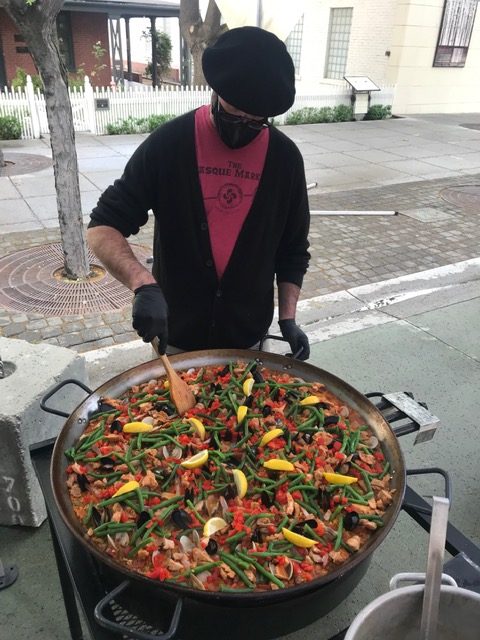Wolfson’s talk on the use of PFCs for delivery of biologics to the lung acknowledged that some of what she discussed was literally straight out of science fiction, citing the liquid breathing scene in the 1989 movie “The Abyss.” Wolfson assured attendees that liquid breathing using PFCs is “truly fact,” and described experiments with tidal liquid ventilation of adult sheep that have demonstrated that such a technique increases oxygenation and decreases physiologic shunt, inflammation, and mechanical injury to the lung. In addition, she notes that it could be cytoprotective as well. She went on to describe the use of partial liquid ventilation with PFC nanocrystal suspensions for the delivery of biologics and the use of PFCs for aerosol delivery of nitric oxide through a CPAP device, which has been found to be dose dependent.
Dennis discussed his company’s development of an inhaled perflubron/CO2 combination as a platform technology for the treatment of lung diseases such as asthma, cystic fibrosis, and COVID-19. He described SolAeroMed’s lead candidate S-1226 as a “pulmonary toilet” because of its ability to flush mucus out of the lungs. In effect, he said, S-1226 lubricates the airways and turns the mucus into something “like Silly Putty with some olive oil on it,” giving it the ability to dislodge even very old, impacted mucus plugs, while also acting as an anti-inflammatory, cough suppressant, and bronchodilator. The CO2 opens the airway significantly faster than albuterol (salbutamol), he said, and the perflubron can maintain the bronchodilation for 30-40 minutes.
Developing aerosol medicines for the developing world
In a session titled, “Aerosol for the Developing World,” Farhad Imam of the Bill & Melinda Gates Foundation; Reinhold Vehring, and Michelle McIntosh of Monash University discussed the development of aerosol drugs for distribution in low resource settings. McIntosh presented what she said was “more of a story of the journey” of her project developing inhaled oxytocin for the prevention of postpartum hemorrhage than details of the drug and device; among the steps she covered were her trips to Africa to understand the special needs of a low resource setting and her various funding and development partnerships, which have included the Gates Foundation, GSK, Janssen, Vectura, and Iconovo.
Imam, who focuses on maternal and neonatal mortality, talked about development of aerosolized surfactant in a form suitable for countries where intubation of neonates is impractical, with investigators turning to dry powder synthetic surfactant delivered via a low-flow aerosolization chamber with CPAP. The pandemic has interrupted development he notes, with the project resources shifted to the use of aerosolized surfactant for the treatment of ARDS in COVID-19 patients. Imam reported that initial results from a trial of nebulized surfactant in intubated adult patients have been encouraging.
Award winners
During an awards ceremony preceding its annual meeting, ISAM recognized aerosol medicine researchers across the career spectrum. Patrick Carius, a doctoral student at the Helmholtz-Institute for Pharmaceutical Research Saarland (HIPS) was named the winner of the Ted Martonen Student Research Award and Charlotte Love, a PhD candidate at the University of North Carolina, was named as runner-up. Love was the winner of the award for “Best Oral Presentation,” with Solbee Seo, a graduate student at the University of Alberta, taking second place.



